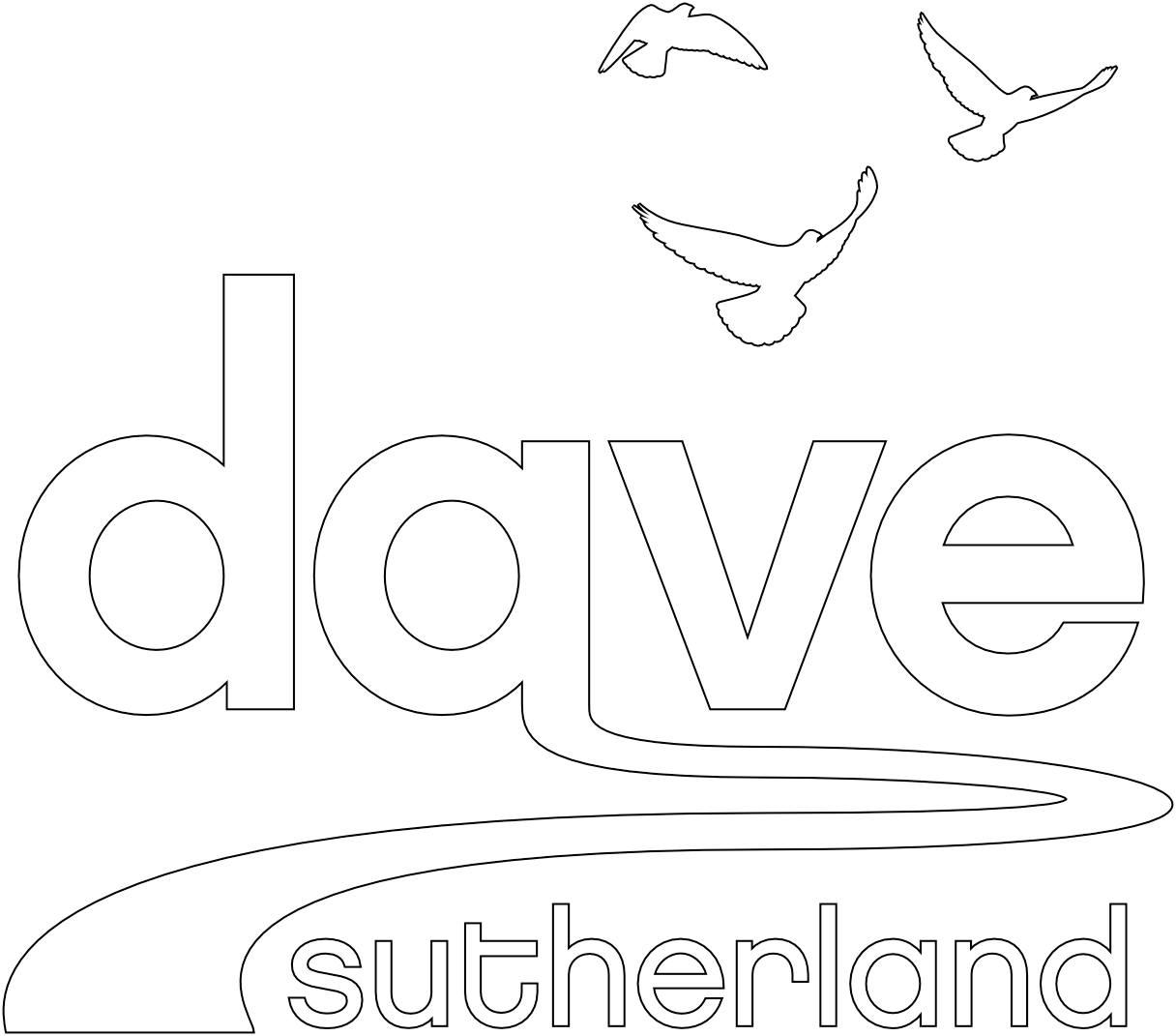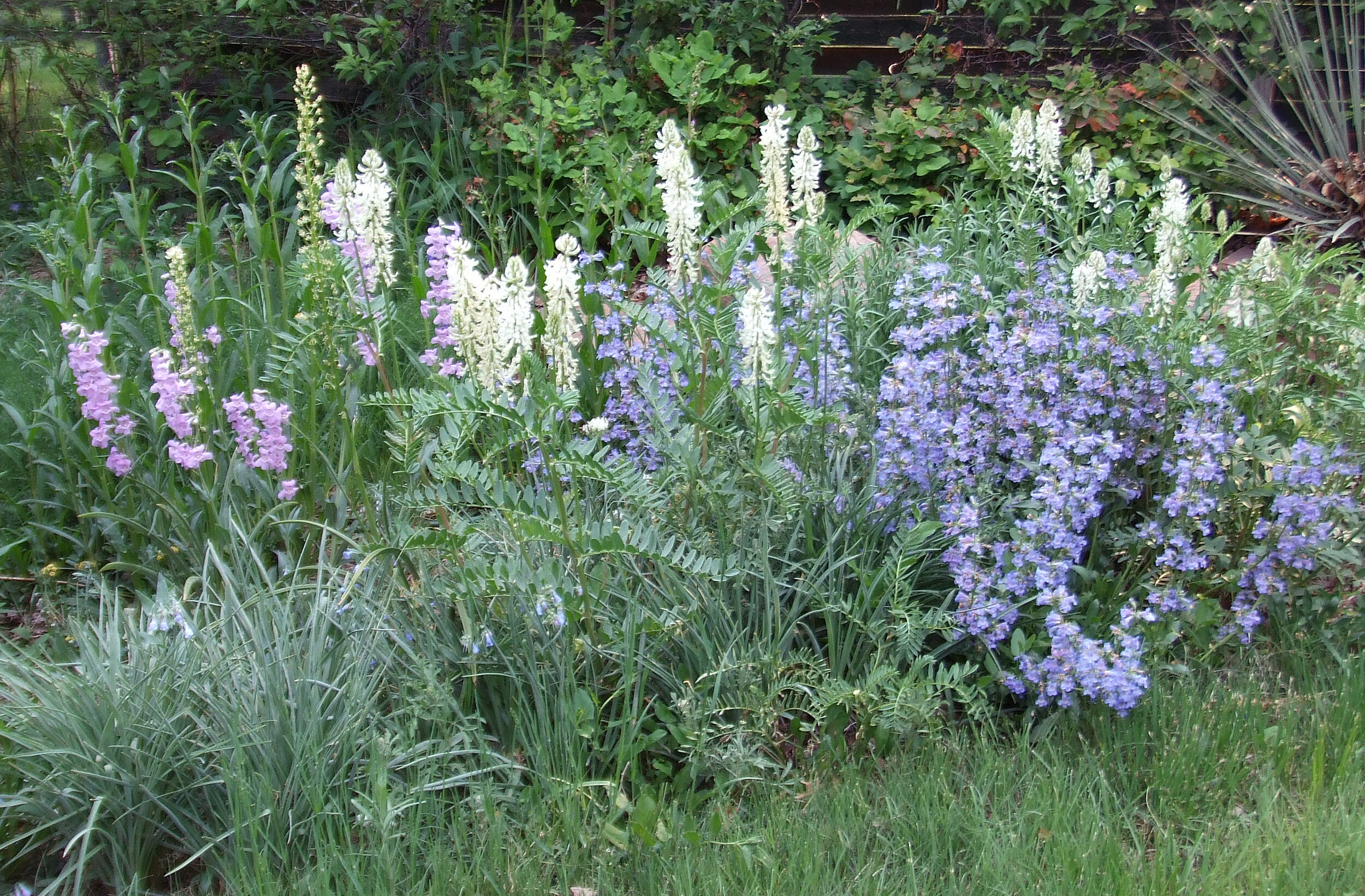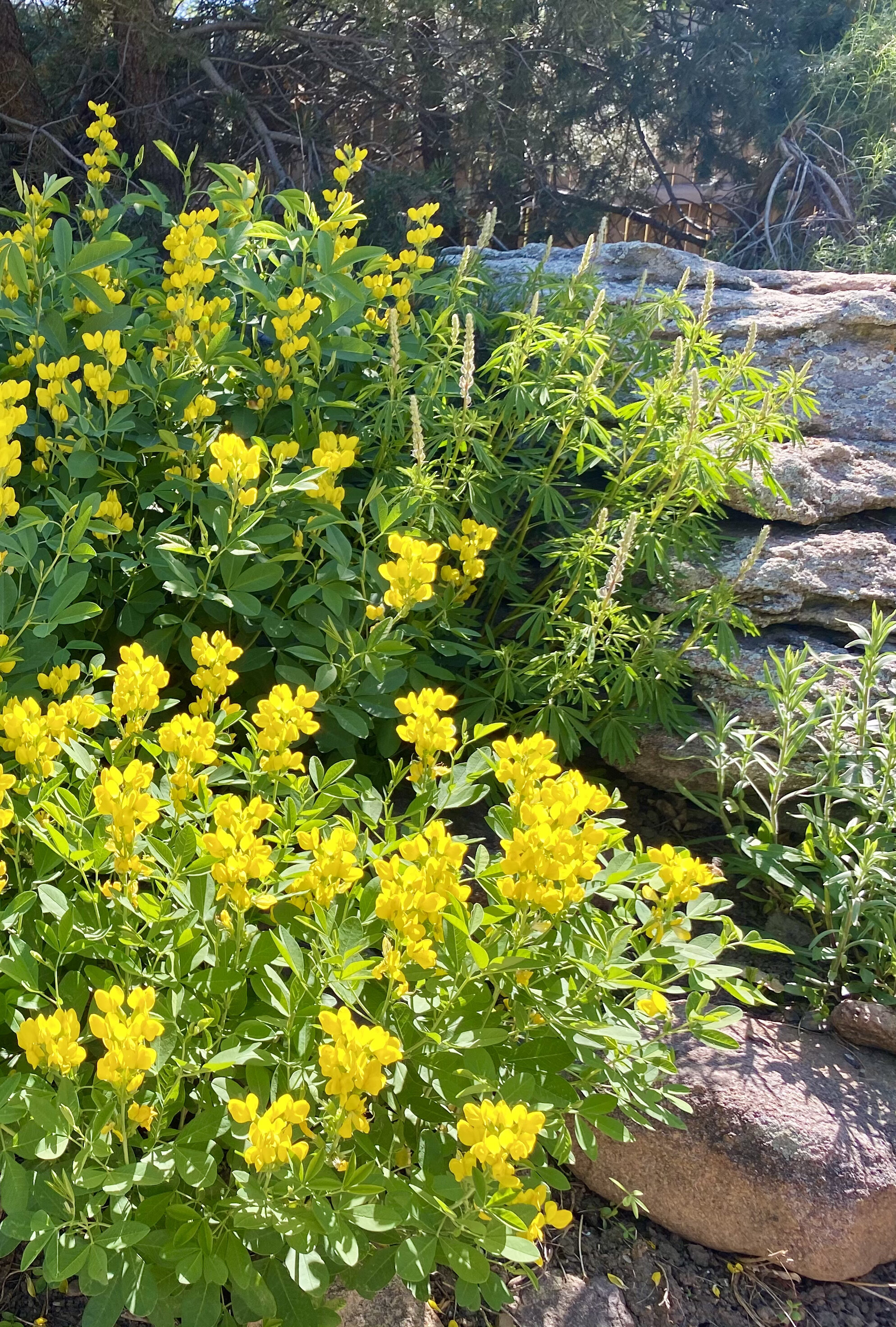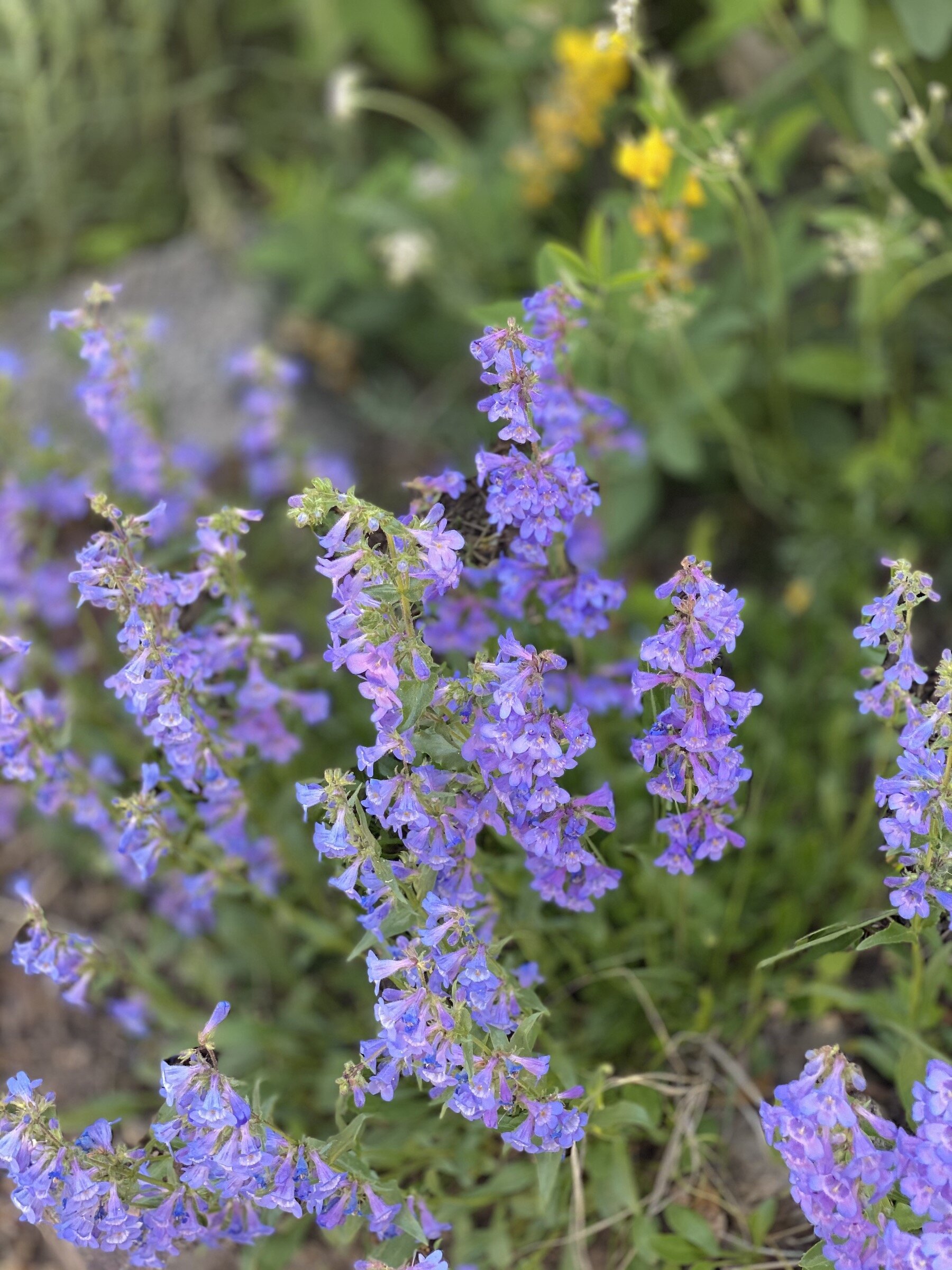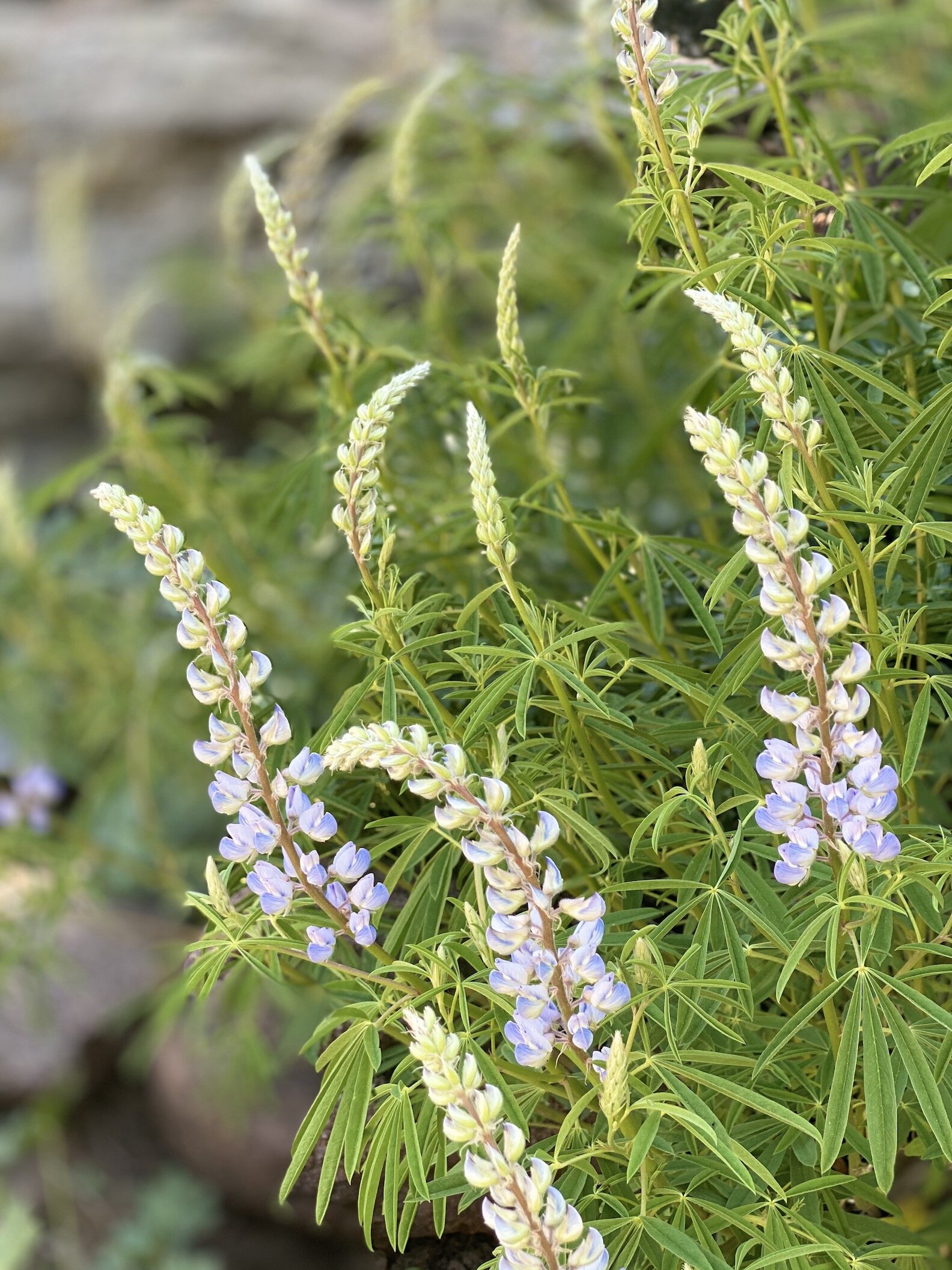Photo Gallery: Dave’s Native Plant Garden
Click on individual photos below to enlarge. Please contact Dave for permission to publish in digital, print or social media communications.
View of the “Hell Strip” along the busy sidewalk in front of my home.
“All the plants in these photos are Colorado natives in my home garden, and most are native to Boulder County. You don’t have to live in a wild area to grow them. I live on a busy street in urban central Boulder. YOU can grow these plants at your house!
“Xeriscape” doesn’t mean “Zero-scape!” I am sharing my garden with you to show that beautiful landscaping is possible using only native plants. None of these plants gets supplemental water beyond natural rainfall.
Growing natives has taught me so much about Boulder’s ecosystems, and helped me learn to recognize the plants in the wild in all seasons.”
— Dave Sutherland
Dave’s Garden profiled in Colorado Wildscapes: • Tips to grow 100+ Boulder Natives •
Priscilla Stuckey: Working with Dave in Chautauqua’s Native Plant Garden
Story of an Ancient Relationship
-

I began growing White Evening Primroses for the lovely, sweet-smelling flowers that open in late afternoon and bloom all night. They are tough natives that can grow in clay soil and baking sun. You can actually watch the flowers open - like a time lapse movie!
-

Imagine my horror to find fat green hornworm caterpillars eating the leaves of my evening primroses. But I resisted the urge to remove them - my garden is a habitat, after all - and my 8 year old daughter collected them and we grew them out in a jar to see what they would turn into.
-

Surprise! They were the larvae of the White-lined Sphinx moth. You see them darting like hummingbirds at dusk. The moths are the pollinators of the evening primrose (big white night-blooming flowers, duh!) How many millennia have the moths been pollinating the flowers, then laying their eggs on the leaves?
Delicious bird food: Serviceberry shrub (Amelanchier alnifolia)
Two-grooved Milkvetch (Astragalus bisulcatus)
Death Camas (Toxicoscordion venenosum), Blue Mist Penstemon (Penstemon virens) and Narrowleaf Yucca (Yucca glauca)
Blue Spiderwort (Tradescantia occidentalis)
Prairie Sage (Artemisia ludoviciana) and Narrowleaf Yucca (Yucca glauca)
Scarlet Guara (Gaura coccinea) forms colonies
Prairie Smoke (Geum trifolium)
Leafy Cinquefoil (Drymocallis fissa) with a landscaping boulder
Geyer's Larkspur (Delphinium geyeri) growing at the sidewalk along a busy street.
Buffalo Grass / Blue Grama lawn with Bee Balm flowers (Monarda fistulosa)
My native plant garden is part of Boulder’s Pollinator Garden project, which aims to create high quality pollinator habitats throughout the city on both public and private properties.
If enough homeowners grow pollinator-friendly native flowers and shrubs, they create corridors of habitat across the town. Learn how you can help out and find more resources at www.BeeBoulder.org.
Blue Mist and One-sided Penstemons (Penstemon virens and P. secundiflorus) with Two-grooved Milkvetch (Astragalus bisulcatus)
Flagstone path with Golden Banner flowers (Thermopsis divaricarpa) and Scrub Oaks (Quercus gambelii) for shade
White Evening Primrose (Oenothera caespitosa) and Blue Mist Penstemon (Penstemon virens)
Rabbitbrush flowers (Chrysothamnus nauseous) with Painted Lady Butterfly
Leafy Cinquefoil (Drymocalis fissa)
Achemon Sphinx moth on leaves of its host plant, Wild Grape (Vitis riparia) on my front fence
Death Camas (Toxicoscordion venenosum) and Blue Mist Penstemon (Penstemon virens)
Scarlet Globemallow or Cowboy's Delight, (Sphaeralcea coccinea)
Narrowleaf Yucca (Yucca glauca) Sharp leaves, don't plant close to edges!
Purple Prairie Clover (Dalea purpurea) provides nectar and pollen to both Honeybees and native Halictid bees!
Story of a Leafcutter bee
-

Leafcutter bees have been at work on my service berry leaves. The female bee cuts leaf disks, which she uses to build a nest in a small hole in a log. My native garden supports native insects to keep the ecosystem diverse.
-

This is a home-made native bee house (two by four with different sized holes drilled in it). Many wood-nesting native bees happily take to these nest boxes. They don't sting or bother you, but they do pollinate your garden. See how all the holes are filled with stuff? There's no vacancy!
-

Close up on the bee house. Remember the leaf cutter bees a few photos back? The holes stuffed with bits of cut leaf are where the leaf cutters are laying their eggs! Each hole has walled-off cells with a pollen ball and an egg. The baby bees grow, develop and pupate in there and emerge next summer.
Close up, White Evening Primrose (Oenothera caespitosa)
Golden Banner (Thermopsis divericarpa) and Silvery Lupine (Lupinus argenteus)
Delicious Chokecherry fruit (Padus virginianus) in July, a favorite with birds and gardeners!
A Colorado native Walking Stick Cholla cactus with prairie sage and goldenrod
Wild Grape vine (Vitis riparia) climbing a fence, Blue Mist Penstemon (Penstemon virens) and landscaping boulders
Scarlet Globemallow or Cowbow's Delight forms thick masses of orange flowers
Along my front sidewalk, Geyer's Larkspur, Sulfur Flower, Scarlet Globemallow, Two-groove Milkvetch and Narrowleaf Yucca.
Indian Blanket Flower (Gaillardia aristata) provides pollen and nectar for a native green Halictid bee.
A home wildflower garden can provide fruit, water and cover for birds; host plants for Monarch butterflies and other insects; and nectar and homes for pollinators.
My native plant landscape in urban Boulder was profiled as a “Habitat Hero Garden” in Colorado Wildscapes: Bringing Nature Home, published by Audubon in 2005.
Golden Banner (Thermopsis divericarpa) with landscaping boulder
Blue Mist Penstemon (Penstemon virens)
Silvery Lupine (Lupinus argenteus)
Golden Banner (Thermopsis divaricarpa) and Cutleaf Fleabane (Erigeron compositus)
Golden Currant (Ribes aurem) flowers bloom in spring and smell like cloves!
Native Yarrow (Achillea lanulosa) and Prairie Coneflower (Ratibida columnifera)
Golden Banner (Thermopsis divericarpa) produces little green pea pods
Rabbitbrush or Chamisa (Chrysothamnus naseousus) a large flowering shrub
White Evening Primrose (Oenothera caespitosa) blooms in late afternoon and at night
